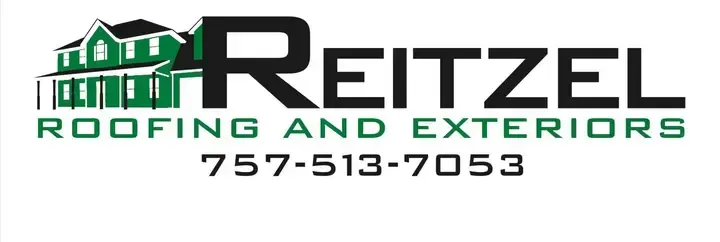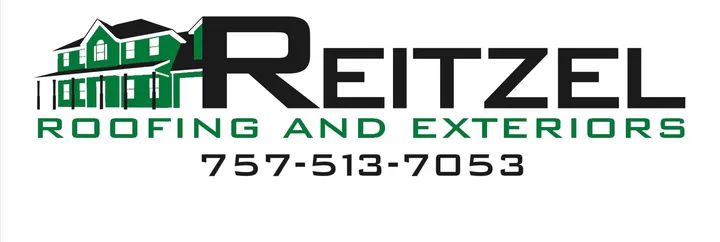LEARNING CENTER
CHECK OUT SOME OF OUR LATEST ARTICLES FROM IN OUR LEARNING CENTER

The Top 5 Signs Your Roof Needs Replacement
Your home's roof is one of its most critical components, providing protection and shelter from the elements. Over time, however, even the most well-maintained roofs will eventually reach the end of their lifespan. Recognizing when it's time for a roof replacement is crucial to avoid costly damage to your home's interior and structure. In this comprehensive guide, we will walk you through the top five signs that indicate your roof needs replacement. By learning to identify these early warning signs, you can take timely action to ensure the continued safety and integrity of your home.
Why Timely Roof Replacement Matters
Before delving into the signs that signal a need for roof replacement, it's essential to understand why addressing this issue promptly is vital. A compromised roof can lead to a host of problems, including:
Water Damage: A failing roof can allow water to seep into your home, leading to water stains, mold growth, and structural damage.
Reduced Energy Efficiency: An old or damaged roof may not insulate your home effectively, resulting in increased heating and cooling costs.
Decreased Property Value: An outdated or damaged roof can significantly reduce your home's resale value.
Safety Hazards: A deteriorating roof can pose safety risks, especially during severe weather events.
To avoid these issues and their associated costs, it's essential to address roof replacement when the signs become evident.
Sign #1: Age of the Roof
One of the most straightforward indicators that it's time for a roof replacement is its age. Different roofing materials have varying lifespans, but generally, most roofs will last between 20 to 30 years. If your roof is approaching or has surpassed this age range, it's time to consider a replacement, even if there are no visible signs of damage. Keep in mind that the climate and weather conditions in your area can affect a roof's lifespan, so it's essential to take local factors into account.
Sign #2: Curling or Buckling Shingles

Inspect the shingles on your roof's surface. If you notice that they are curling or buckling, it's a clear indication that your roof is nearing the end of its lifespan. Curling or buckling shingles can occur due to prolonged exposure to the elements, including UV rays from the sun and moisture. When shingles lose their structural integrity, they can't effectively protect your home from water infiltration, leading to leaks and further damage.
Sign #3: Missing or Damaged Shingles
Missing or damaged shingles are an obvious sign that your roof needs attention. High winds, hailstorms, and extreme weather events can cause shingles to become dislodged or damaged. Even a few missing or damaged shingles can compromise your roof's ability to keep water out. Promptly replacing these shingles is essential to prevent water from penetrating the underlayment and causing interior damage.
Sign #4: Granule Loss
Take a look at your gutter system and the areas around your downspouts. If you notice a significant amount of granules from your shingles in the gutters, it's a sign of shingle deterioration. The granules on asphalt shingles protect them from UV rays and provide fire resistance. When these granules start to shed, the shingles become vulnerable to damage and decay. Granule loss often occurs as shingles age, making it a strong indicator that your roof may need replacement.
Sign #5: Interior Water Stains or Leaks
Water stains on your ceilings or walls, or evidence of leaks in your attic, are clear signs that your roof is no longer effectively protecting your home from moisture. These issues typically indicate that there is underlying damage to the roof that requires immediate attention. Ignoring water stains or leaks can lead to more extensive and costly repairs in the future, so it's crucial to address them promptly.
Choosing the Right Roofing Material
Once you've recognized the signs that your roof needs replacement, the next step is selecting the right roofing material for your home. Several factors should influence your decision, including:
Climate: Consider the local climate, including factors like temperature extremes, precipitation, and wind. Some roofing materials are better suited to specific climates.
Aesthetics: The roofing material you choose should complement the architectural style and overall aesthetics of your home.
Durability: Different roofing materials have varying lifespans and levels of durability. Factor in how long you plan to stay in your home and your long-term roofing goals.
Budget: Your budget will play a significant role in determining the roofing material you choose. Different materials have different costs associated with installation and maintenance.
Energy Efficiency: Some roofing materials, like cool roofs, can improve energy efficiency by reflecting more sunlight and absorbing less heat.
The Professional Advantage
While it's possible to identify signs that your roof needs replacement, it's essential to seek the expertise of a professional roofing contractor like Reitzel Roofing & Exteriors. Roofing professionals can provide a thorough inspection of your roof, assess the extent of the damage, and recommend the most suitable roofing material for your needs. They can also ensure that the replacement is performed correctly, maximizing the lifespan and performance of your new roof.
Conclusion
Recognizing the signs that your roof needs replacement is a critical part of maintaining your home's safety and integrity. While age is a significant factor, it's essential to consider other signs such as curling or damaged shingles, granule loss, and interior water damage. Addressing these issues promptly can help you avoid costly repairs and protect your home from the elements.
If you suspect that your roof needs replacement, contact a reputable roofing contractor like Reitzel Roofing & Exteriors. With their expertise and experience, you can ensure that your new roof will provide the protection and peace of mind your home deserves.

Our Services
Roof Repairs
Roof Leaks
Roof Storm Damage
Roof Replacement
Residential Roofing
Commercial Roofing
Siding
Trim
Windows
Fencing
Decks
Resources
Learning Center
Financing
Areas We Service
About Us
Contact Us
Privacy Policy
Copyright © 2022 Reitzel Roofing and Exteriors
All Rights Reserved
Our Services
Resources










